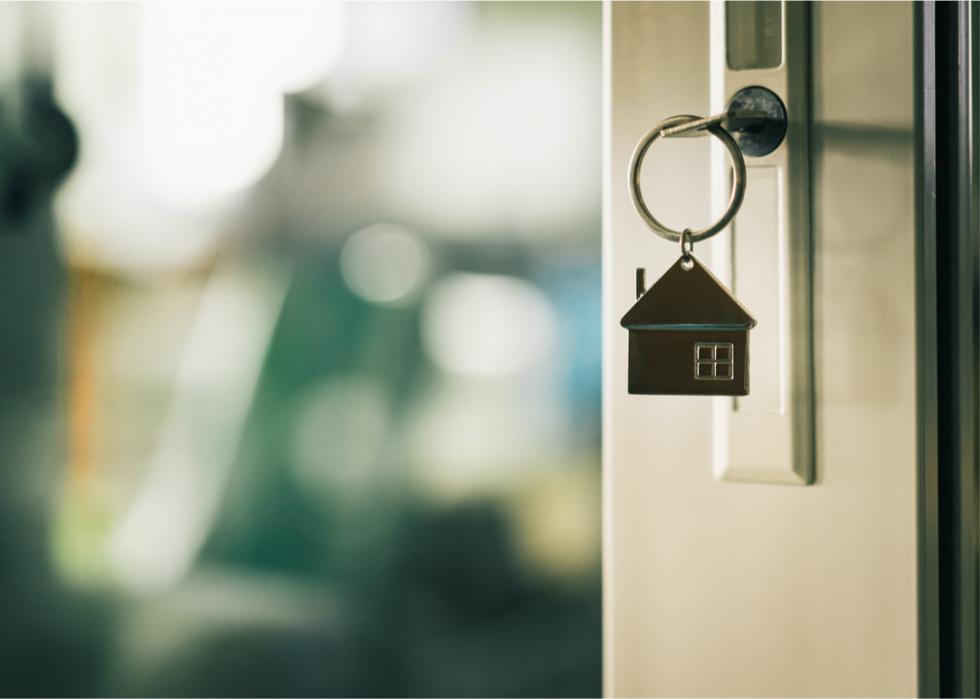
The Black homeownership gap in Tennessee
For many, along with financial independence, becoming a homeowner is considered the quintessential American dream. Homeownership is one of the fundamental tools for building wealth in the United States, but historically, Black homebuyers have faced unfair policies and systematic discrimination such as receiving higher interest rates from mortgage lenders and real estate agents.
During the Great Depression in the 1930s, the federal government implemented ways to strengthen homeownership by creating the Home Owners' Loan Act in 1933 as well as the Home Owners' Loan Corporation (HOLC). The goal of these efforts was to assist in boosting financing for mortgages. The HOLC would pioneer the neighborhood rating system, known today as redlining. For decades, these maps and neighborhood rankings were used as the blueprint in real estate practices. Predominantly white neighborhoods were considered more desirable and a lower risk for bankers and other lenders and were color-coded green by this ranking system. Neighborhoods comprised mostly of Black, Hispanic, and Asian residents were oftentimes closer to industrial places and were considered "hazardous" and color-coded red.
The Black-white homeownership gap is wider today (30%) than in 1968 when the Fair Housing Act was initially passed, prohibiting discrimination when selling, renting, or financing a home.
Census data from 2019 showed nearly 72% of white families are homeowners, compared to just 42% of Black families. Rates of Black homeownership have been steadily declining over the years, even before the 2008 housing market crash. The average first home purchased by a Black buyer is valued at $127,000 but they accrue $90,000 in mortgage debt, while white first-time homebuyers' homes are valued at $139,000 with a $75,000 mortgage debt. This places Black buyers in more debt for a less-valued asset, weakening their investment returns. Most states in the South have over 50% of Black homeownership rates.
Stacker compiled a list of statistics about the Black homeownership gap in Tennessee using data from the U.S. Census Bureau. The homeownership rate is the percent of all households that are owner-occupied according to 2019 1-year estimates.
Tennessee by the numbers
- Black homeownership gap: 31.3%
--- #18 lowest among all states
- Homeownership rate: 66.5%
--- Black homeownership rate: 42.3% (#16 highest among all states)
--- White homeownership rate: 73.6%
--- American Indian and Alaska Native homeownership rate: 47.4%
--- Asian homeownership rate: 56.7%
--- Hispanic homeownership rate: 40.6%
States with the highest Black homeownership gap
#1. North Dakota: 61.5%
#2. Wyoming: 56.6%
#3. Minnesota: 51.7%
States with the lowest Black homeownership gap
#1. Washington, D.C.: 15.3%
#2. Alaska: 23.1%
#3. Maryland: 24.9%



